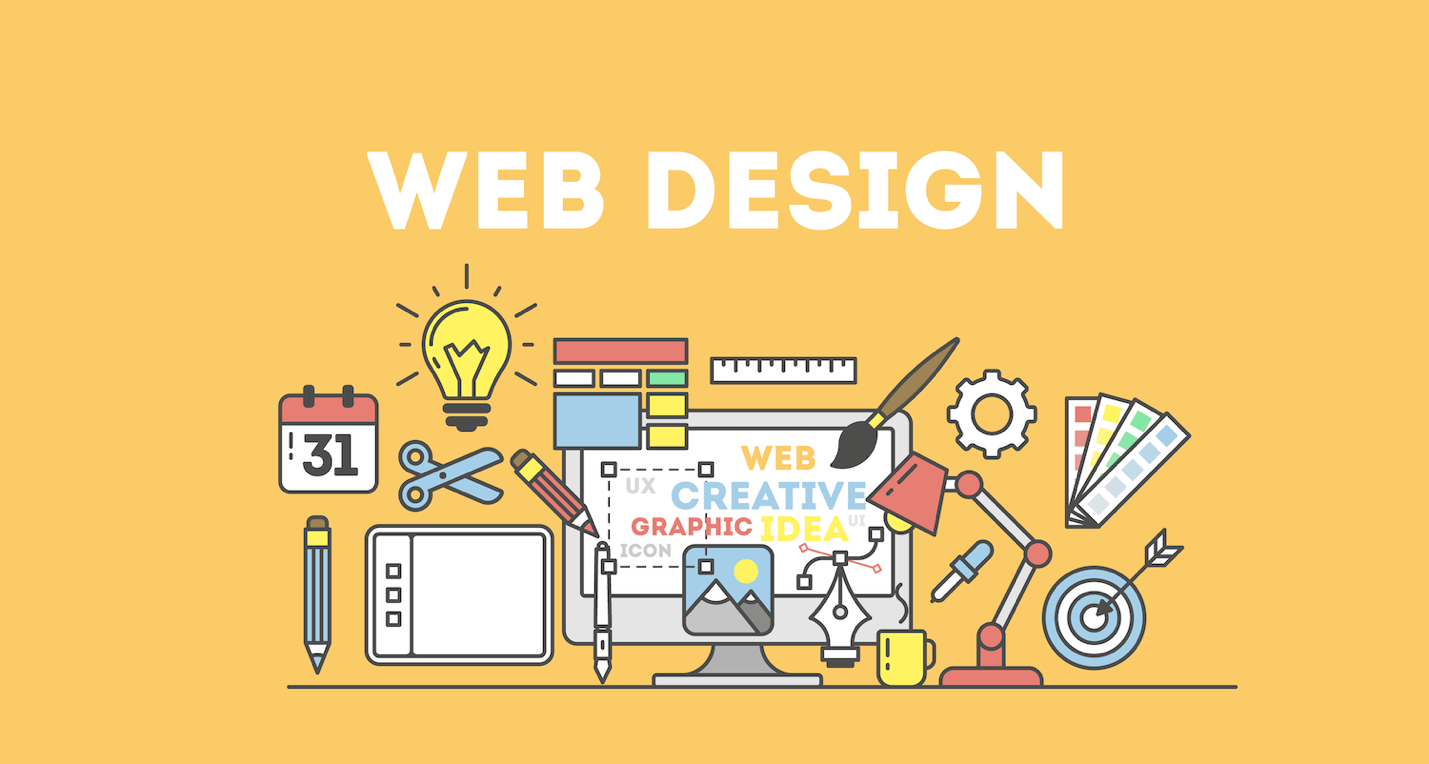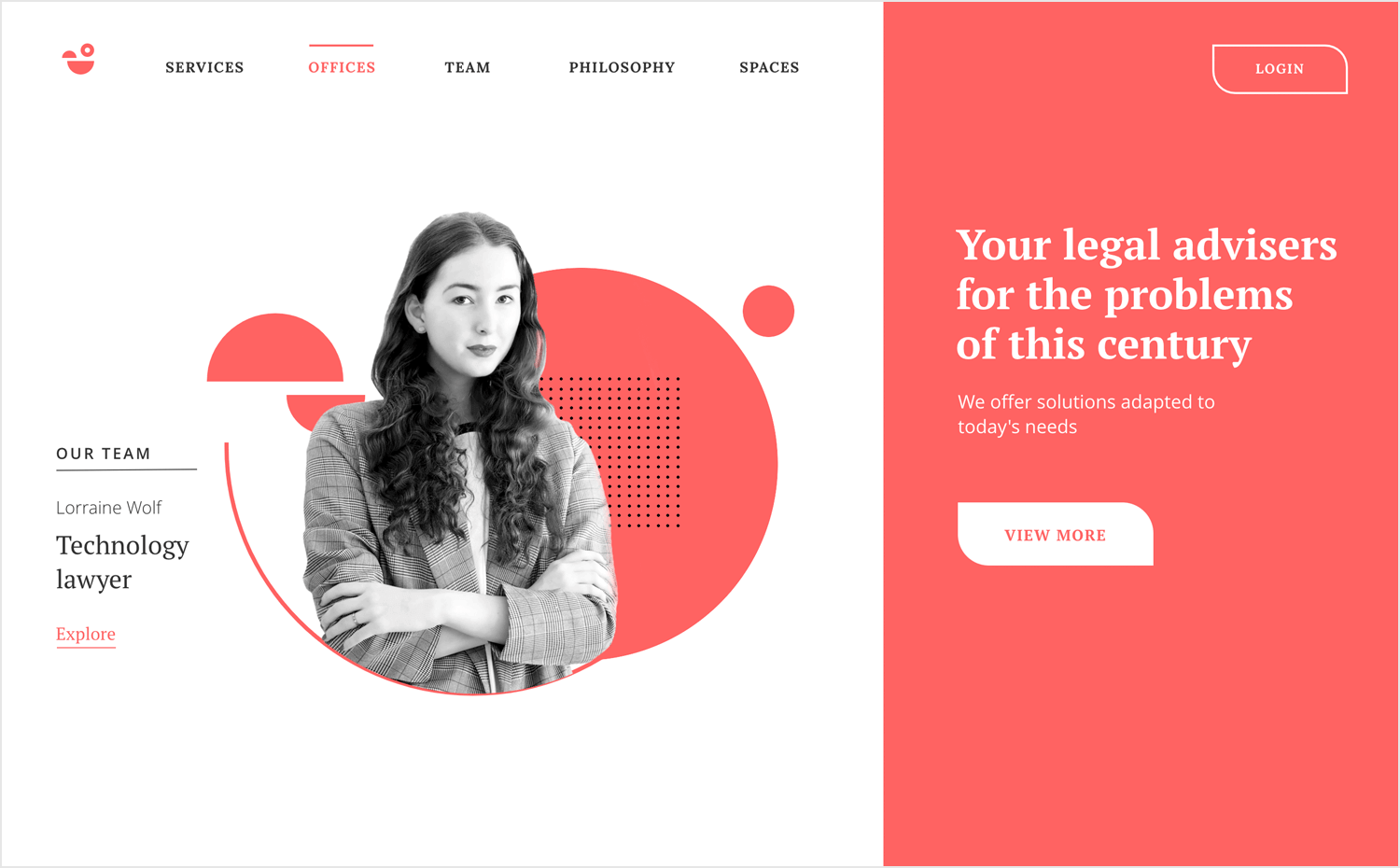Affordable and Top-Tier Website Design for Small Business Owners
Affordable and Top-Tier Website Design for Small Business Owners
Blog Article
Leading Tips for Developing an Impactful Web Site Design That Converts
To accomplish this, one should think about a variety of elements, including understanding the target audience, focusing on individual experience, and enhancing for mobile platforms. The calculated use of engaging call-to-actions and a distinct visual power structure plays an important role in assisting users with their trip.

Understand Your Target Market
Recognizing your target market is essential to reliable site layout, as it prepares for developing an appealing individual experience. Identifying who your individuals are, including their demographics, choices, and behaviors, makes it possible for designers to customize the web site's content, design, and capability to fulfill particular demands.
Performing extensive marketing research is vital in this procedure. Surveys, interviews, and analytics can provide beneficial insights into customer expectations and discomfort factors. By compiling this information, designers can produce individual identities that stand for various sections of the audience, guaranteeing that design decisions are notified and pertinent.
Furthermore, comprehending the target audience assists in selecting suitable layout aspects such as color design, typography, and imagery that reverberate with customers. A web site that talks directly to its target market cultivates a sense of link and count on, motivating longer sees and greater conversion prices.
Inevitably, a user-centered strategy to website layout not only boosts user fulfillment however likewise sustains business purposes by driving involvement and commitment. By prioritizing the needs and preferences of the target market, a web site can properly offer its function and attain wanted end results.
Prioritize Customer Experience
To boost the overall effectiveness of a website, prioritizing customer experience (UX) is crucial (Website Design). A properly designed UX guarantees that visitors can navigate the site easily, find info rapidly, and engage with content meaningfully. This leads to enhanced individual contentment and higher conversion prices
Begin by applying intuitive navigating. Menus should be rationally structured, enabling users to find vital areas of the website with minimal effort. Consistency in style elements, such as color pattern and typefaces, fosters knowledge, which is vital for maintaining individual interaction.
Additionally, take into consideration the filling rate of your website. A delay of just a couple of seconds can lead to substantial drop-offs, as customers are much less most likely to wait for a slow-loading page. Streamlining pictures and maximizing code can improve efficiency and retain site visitors.
By prioritizing customer experience, you not only develop a much more enjoyable atmosphere for site visitors but also strengthen your brand name's credibility. Ultimately, an emphasis on UX is an investment in the long-lasting success of your website.
Enhance for Mobile Tools
Enhancing for mobile phones is critical in today's electronic landscape, where an enhancing variety of users gain access to sites with smart devices and tablet computers. A mobile-friendly style not just enhances customer experience however also plays a significant function in enhancing online search engine positions. To achieve this, imp source it is necessary to adopt a responsive style that automatically gets used to various display sizes and alignments.

Loading rate is one more vital element; mobile users are normally less patient and anticipate fast access to details. Enhance images and utilize web browser caching to enhance performance. Test your internet site on several gadgets and display resolutions to determine and fix any kind of possible functionality concerns. By prioritizing mobile optimization, you make certain that your web site stays competitive and successfully involves a wider target market.
Usage Compelling Call-to-Actions
An internet site's effectiveness commonly pivots on its ability to lead visitors toward preferred activities, making compelling call-to-actions (CTAs) essential components of style. CTAs act as the pivotal points that route our website customers to involve with the website, whether that implies purchasing, enrolling in an e-newsletter, or downloading and install a resource.
To create effective CTAs, clearness is vital. Usage succinct language that plainly interacts the action you want the individual to take. Phrases such as "Obtain Begun," "Subscribe Free," or "Shop Now" not only communicate seriousness yet additionally get rid of obscurity. The positioning of CTAs is equally important; they should be strategically positioned throughout the webpage to ensure they are easily visible, specifically in high-traffic locations.
In addition, the style of CTAs must stick out without being meddlesome. Employ contrasting shades and clear typefaces to ensure they capture interest. In addition, think about utilizing directional cues, such as arrows or pictures, to lead customers toward these buttons. By concentrating on these components, organizations can dramatically improve user engagement, driving conversions and eventually achieving their website's objectives.
Concentrate On Visual Power Structure
Efficient site style counts heavily on a well-structured aesthetic hierarchy that overviews individuals via material seamlessly. By organizing aspects in a manner that focuses on information, designers can boost user experience and help with decision-making. This entails utilizing dimension, shade, comparison, and spacing strategically to accentuate the most crucial components of a web page.
Using larger font styles for headings and subheadings develops a clear difference in between various sections, enabling individuals to scan material easily. Additionally, utilizing contrasting shades for buttons and calls-to-action can catch customer interest and encourage communication. Whitespace is an additional important element; it stops clutter and makes it possible for users to focus on crucial messages without disturbances.
Images and graphics need to complement the text while also adhering to the well-known pecking order, reinforcing the total message (Website Design). Consistency in style elements, such as color systems and typography, additional reinforces the aesthetic hierarchy, making navigation intuitive
Final Thought
In final thought, reliable internet site layout demands a thorough understanding of the target market, prioritization of visit this site right here individual experience, and mobile optimization. The tactical use compelling call-to-actions and a well-defined aesthetic pecking order better boosts individual interaction. By executing these concepts, websites can attain greater conversion prices, making sure that style elements not just attract site visitors yet likewise help with seamless navigation and interaction. Inevitably, a well-executed internet site style works as a critical part in driving individual actions and attaining organization objectives.
Report this page